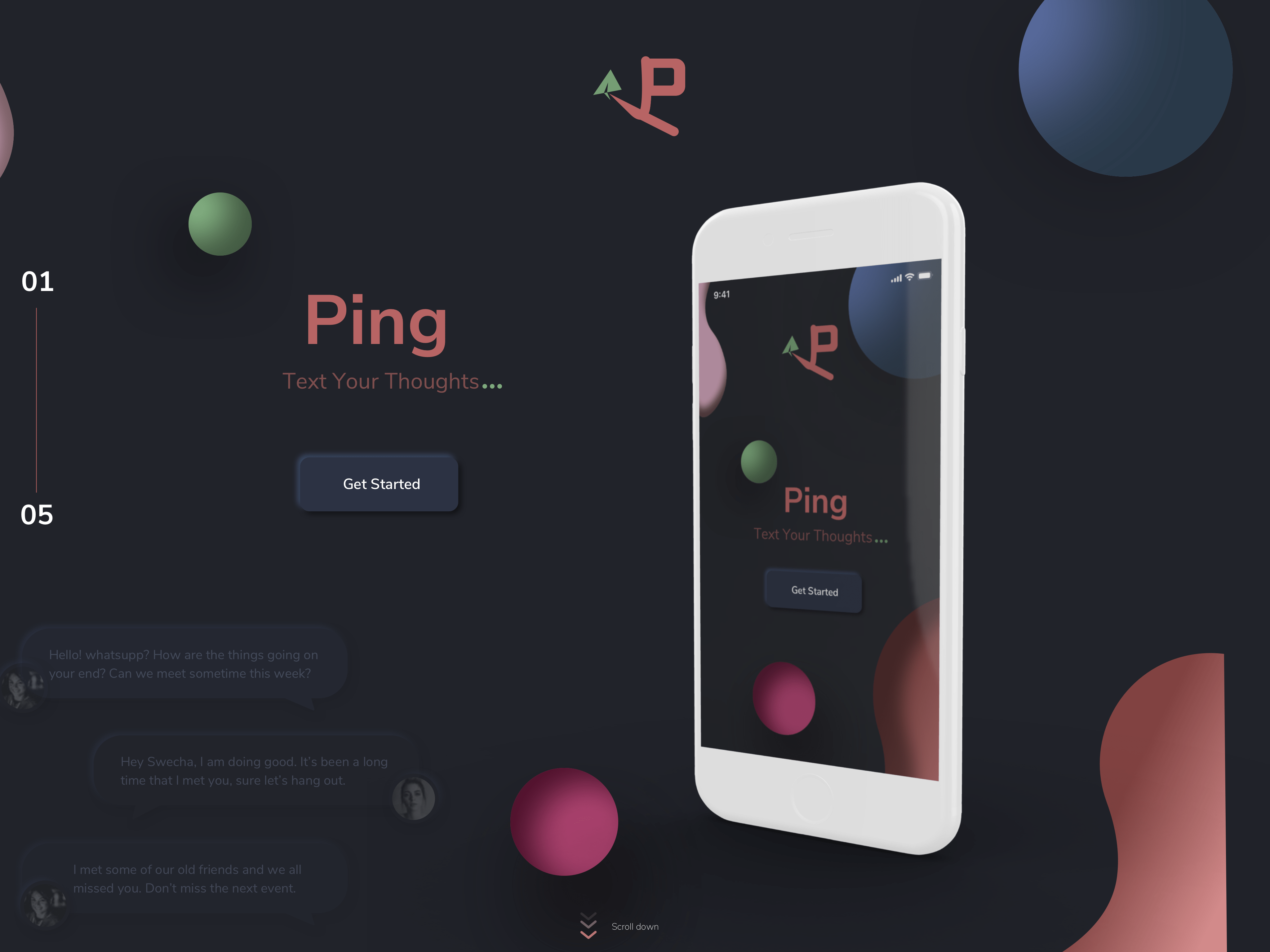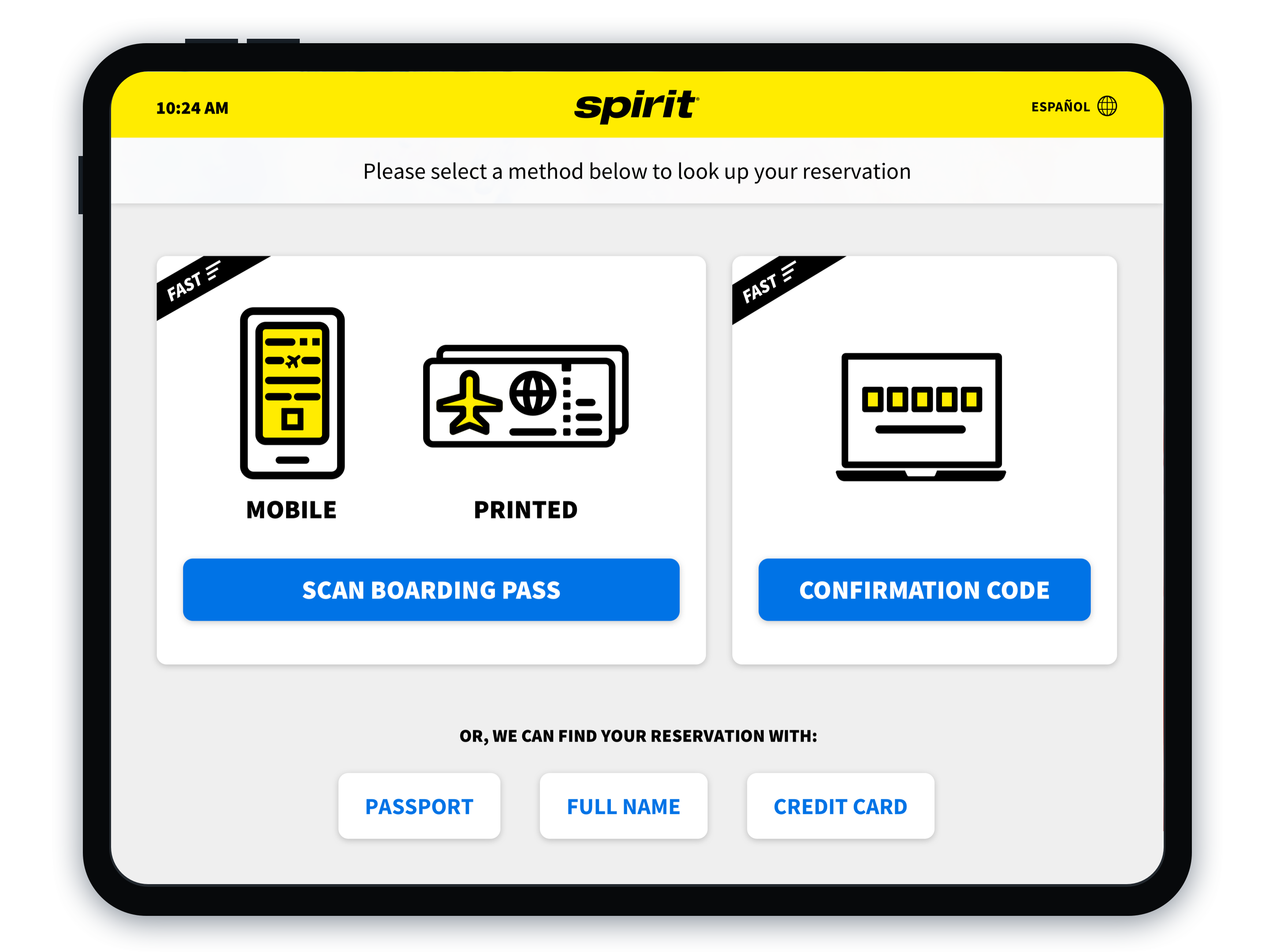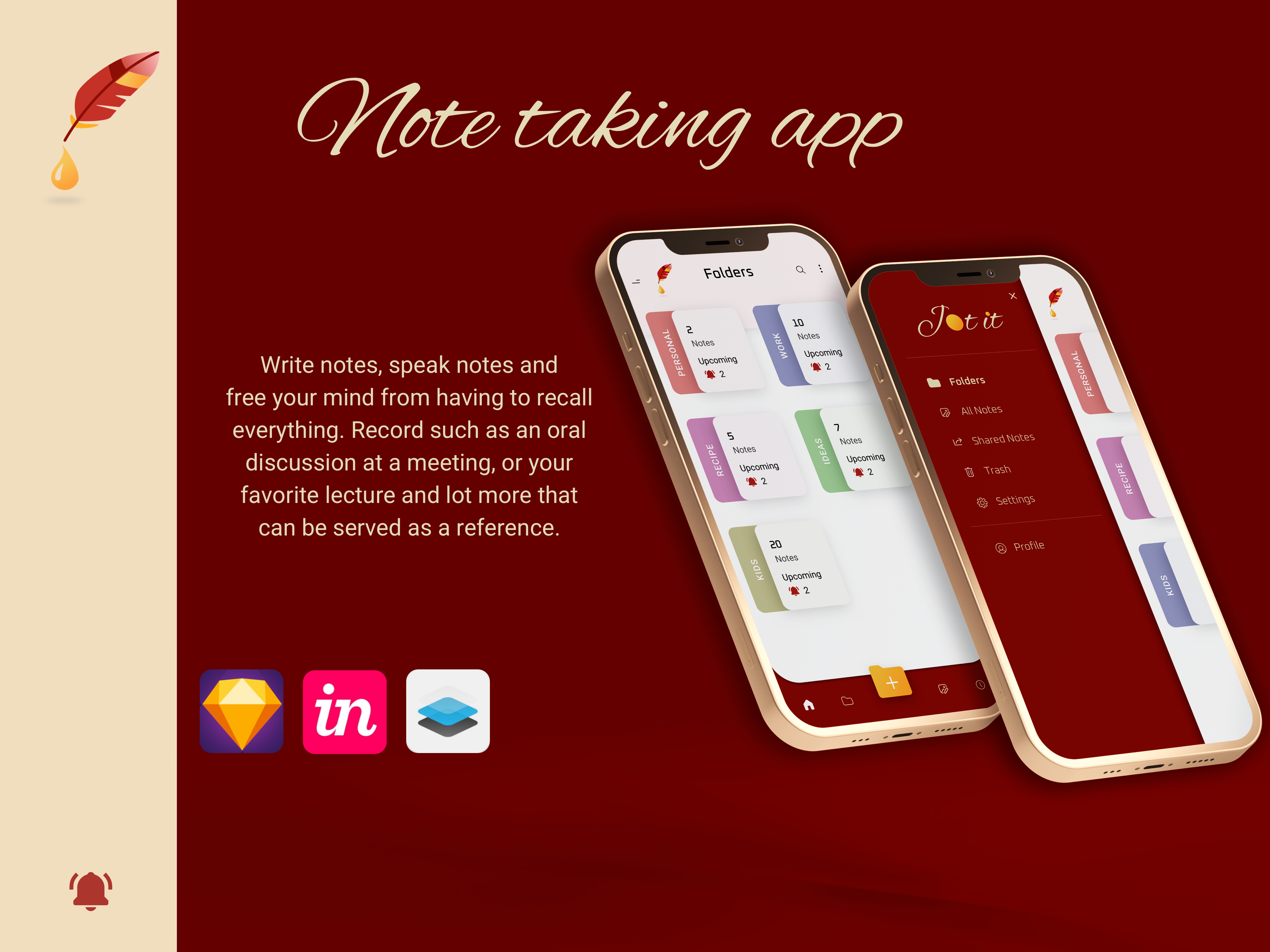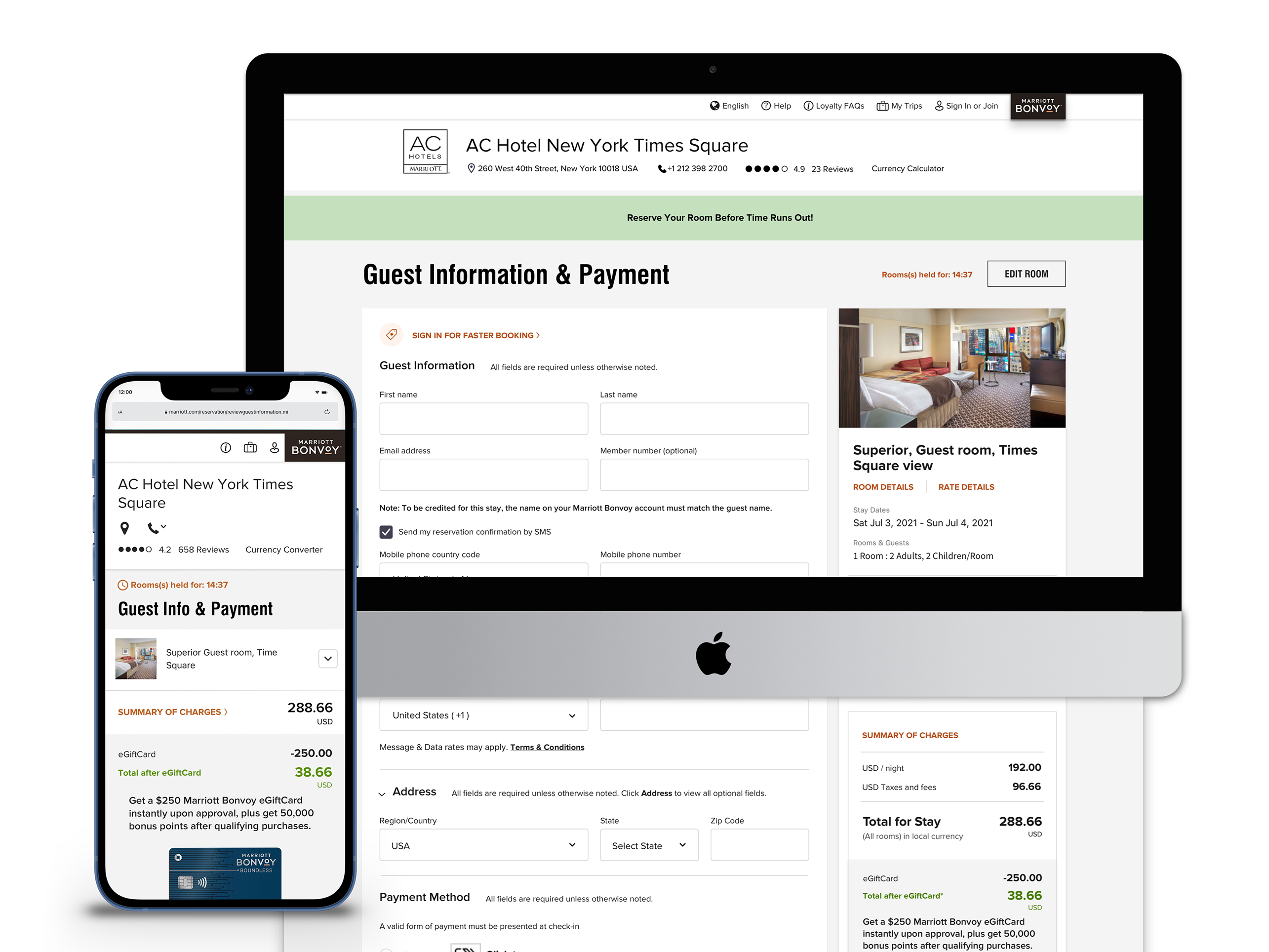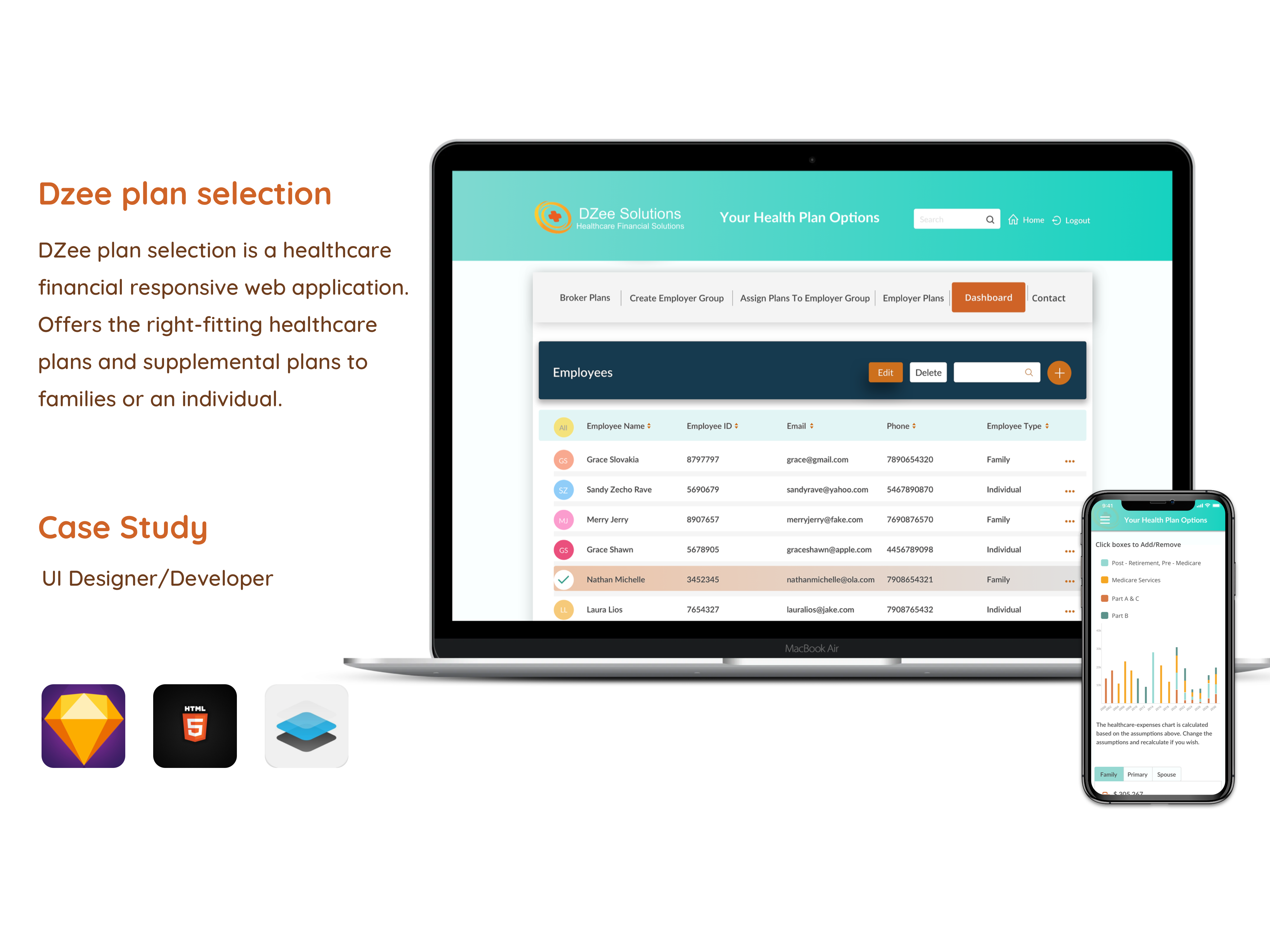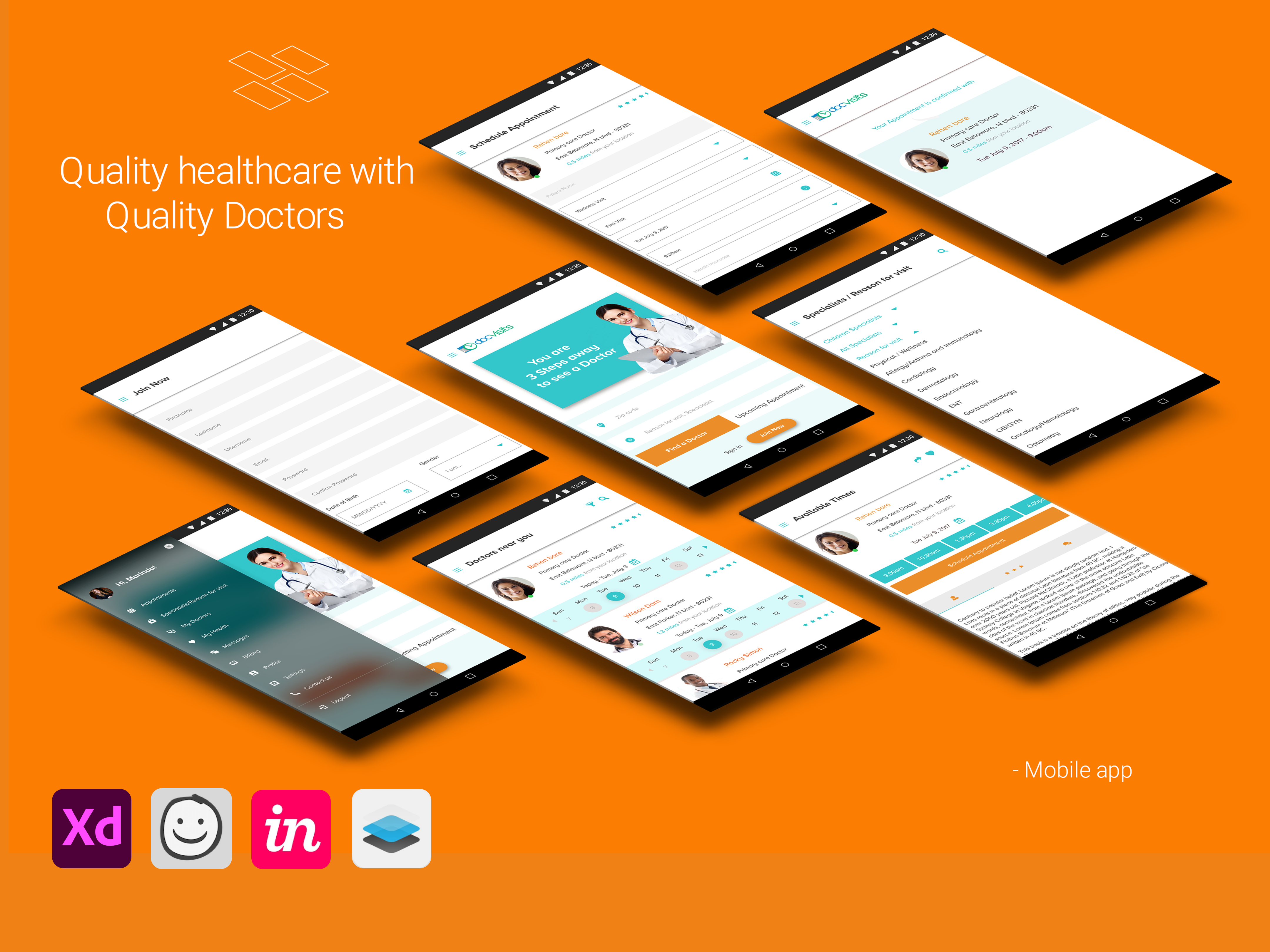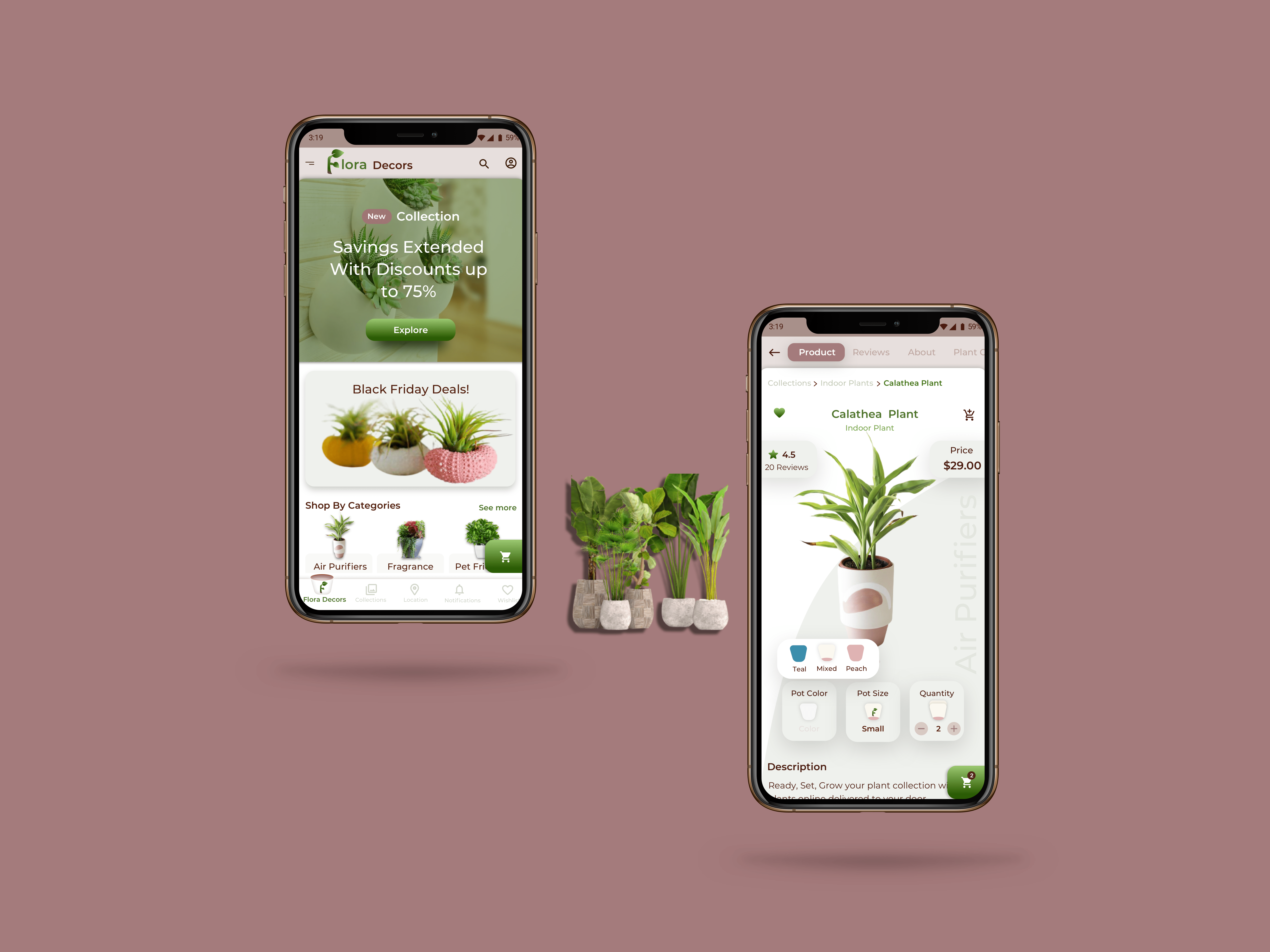Project Overview
PharmAccelerator — Medical Excellence Application
AI-Driven Dashboards for Medical Affairs Teams
PharmAccelerator is a SaaS platform that empowers pharmaceutical teams to measure and enhance field medical performance. I led the UI/UX design for the Medical Excellence application, focusing on creating AI-driven, role-based dashboards that enabled MSLs, HCPs, and directors to access actionable insights faster and more intuitively.
Duration: 2yrs 9months
Team: CEO, Product Manager, UX Designer, Front-end & Back-end Engineers, QA, and Medical Affairs stakeholders (MSLs & Directors)
Role: UI/UX Designer — Designed dashboards, workflows, and visual data components for the Medical Excellence application. Owned user flows, wireframes, and high-fidelity prototypes.
Result: Launched product → 30% faster insight generation, improved dashboard adoption, and alignment across global medical teams
Results validated the vision — it was time to evolve the platform from data-heavy reporting to an intelligent, insight-driven experience for medical affairs teams worldwide.
Tools
Figma, FigJam, Notion, Jira, Confluence, Google Suite
Problem Statement
PharmAccelerator’s Medical Affairs teams operated entirely through spreadsheets, email logs, CRM exports, and manual tracking. Without a centralized system, MSLs and Directors struggled to access real-time insights, prepare for field visits, or measure scientific impact. Information lived in fragmented sources, workflows were inconsistent across regions, and critical decisions were delayed due to lack of visibility.
The organization needed its first-ever digital dashboard ecosystem — a role-based, insight-driven platform that unifies data, streamlines reporting, and gives medical teams a clear view of their priorities, performance, and engagement outcomes.
Goals & Objectives
Our goal was to build PharmAccelerator’s first unified, role-based analytics platform — transforming scattered medical workflows into a streamlined, insight-driven experience.
Key Objectives:
Deliver personalized dashboard views for MSLs, Directors, and HCPs, ensuring each role sees insights aligned to their workflows and KPIs.
Reduce time-to-insight by simplifying navigation, organizing information more clearly, and surfacing high-value actions automatically.
Improve reporting and performance tracking with automated target lists, meeting insights, activity timelines, and publication visibility.
Increase adoption and usability through intuitive information architecture, modern data visualizations, and consistent UI patterns.
Ensure accessibility and compliance (WCAG/508, HIPAA) while building a scalable Figma design system to support future product growth.
Design Process
Building PharmAccelerator’s Medical Excellence dashboards from the ground up required deep research, cross-functional collaboration, and a strategic understanding of how Medical Affairs teams work in the field. With no existing dashboards or IA to reference, I partnered with MSLs, Directors, Product, Engineering, and QA to design an insight-driven, role-based platform from scratch — one that supports critical reporting, territory planning, and HCP engagement workflows.
Competitive Analysis
Personas
Challenges
Designing PharmAccelerator’s first Medical Excellence dashboard came with several product-level challenges:
1. No Existing Framework to Build On
There was no prior dashboard, IA, or component system. Every interaction pattern, layout, navigation model, and visualization standard had to be defined from scratch.
2. Highly Diverse User Roles
MSLs, Directors, and HCPs each required different data, permissions, workflows, and KPIs. Creating one platform that served all groups without overwhelming them required careful role-based design.
3. Complex, High-Volume Scientific Data
Scientific publications, activity logs, territory insights, and CRM outputs had to be distilled into clear, actionable visualizations that non-technical users could interpret quickly.
4. Fragmented and Manual Workflows
Teams relied on spreadsheets, emails, and multiple disconnected tools. The challenge was to consolidate these scattered workflows into a single, intuitive experience.
5. Need for a Scalable Design System
Because this was a multi-year product roadmap, the design needed reusable components, consistent visual language, and WCAG/508 accessibility from day one.
Feedback
Iterations
Style Guide
Hi-fi Wireframes
Result
The new Medical Excellence dashboards were launched successfully, delivering measurable impact:
30% faster insight discovery, driven by prioritized cards, clearer data visualization, and simplified navigation.
Improved field readiness as MSLs could prepare for HCP interactions in minutes instead of hours.
Consistent performance tracking through automated target lists, activity logs, and publication insights.
Higher adoption across global regions due to role-based personalization and an intuitive UI.
Stronger compliance posture, thanks to WCAG/508 accessibility and structured permission controls.
Thanks for Scrolling

